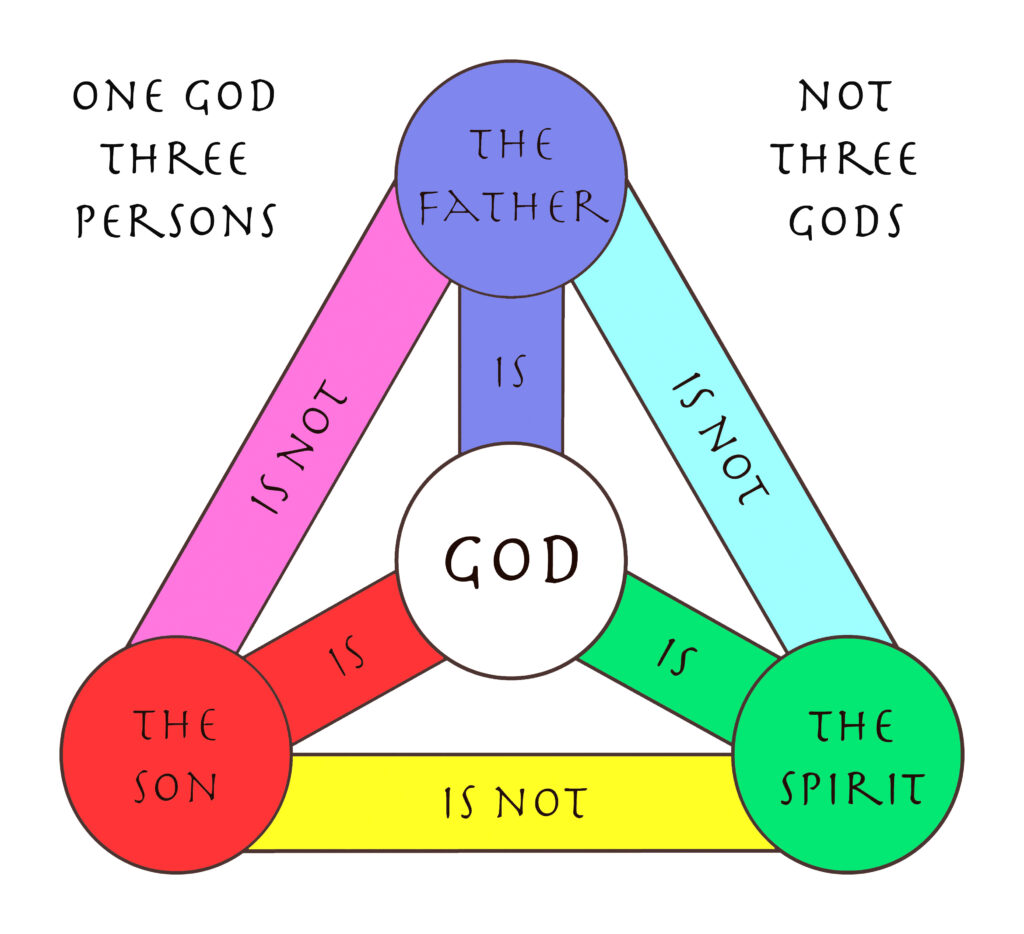
Recommended to read Part 1 before this article
- Mutual Indwelling of the Persons of the Trinity Without Mixing or Confusion
The Arians misinterpreted the phrase “I am in the Father, and the Father is in Me” (John 14:10), questioning how the Father can dwell in the Son and the Father being greater than the Son, and how the Son, who is much lesser than the Father, can contain the Father and fill the greater. The Alexandrian response to their erroneous interpretation was that this text clearly establishes the mutual indwelling between the Father and the Son based on the equality in essence of both. The heretical view that denies the mutual indwelling and reciprocal indwelling of the Father and the Son would be acceptable if one conceived the Father and the Son as beings with physical bodies, each containing the other. However, the divine existence is non-material and non-corporeal, lacking any properties like size, length, width, inequality, or dissimilarity. Therefore, the mutual indwelling of the divine persons cannot be understood in the same way applicable to material creatures. The Son exists in the Father, and the Father in the Son, due to the Son’s eternal origin from the essence of the Father, not coming from nothing as creatures do, nor existing outside the Father, but being born from the essence of the Father, like a river flowing from a spring. The distinct property of the Father’s essence and the form of divinity are found in the Son, thus manifesting the Father within Himself. Hence, the Father also exists in the Son in the sense that He is the Father of the Son according to essence, from whom the Son has eternally come. The Son, regarding the Father, is the true offspring of the Father’s essence, who carries the Father within Himself, and thus is the visible image of the Father,” (Alexandria, 2011).
Helmy also mentioned the relationship of the Son to the Father as being begotten of the Father before all ages with a continuous generation, and the Holy Spirit proceeding from the Father with continuous procession,” (Helmy, 2013).
The Alexandrian emphasized in his explanation of the mutual indwelling of the persons of the Trinity that there is no mixing, confusion, or identity among the persons of the Trinity, but there is complete distinction. The Father is not the Son, and the Son is not the Father. He said, “Indeed, the Father is in the Son, and the Son is in the Father, but they are not identical nor are they one in number, for the Father exists with His property and the Son with His property. This is the only difference between the Father and the One who came from Him, for the Father exists by Himself and is not the Son, and the Son exists by Himself and is not the Father,” (Alexandria, 2011).
Read more in Part 3
